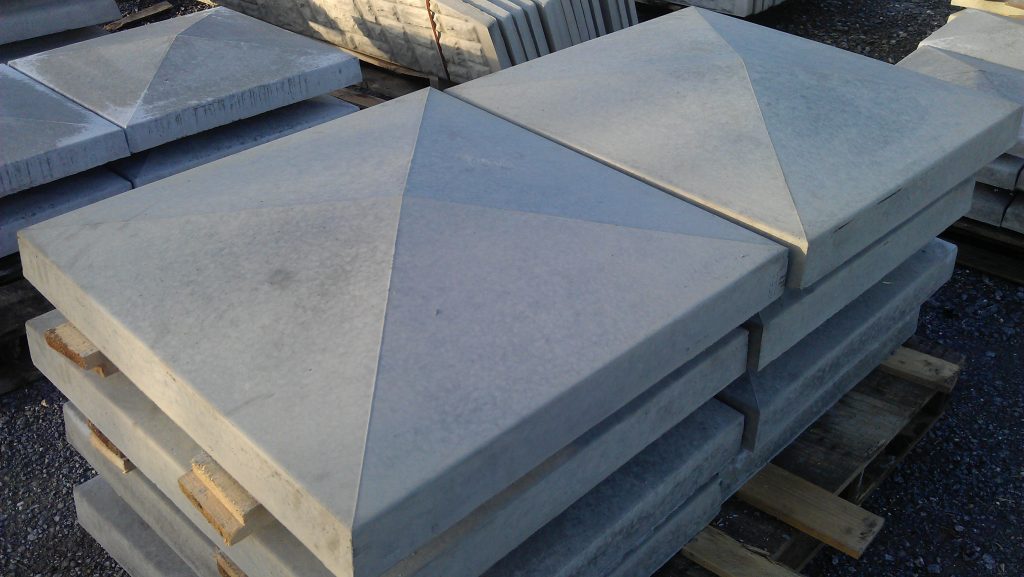Every little thing matters in the construction industry, and the selection of materials significantly impacts a building’s general efficiency, longevity, and appearance. The usage of concrete pier caps stands out as a vital aspect among the numerous choices made by builders and architects. These small but powerful components are crucial in supplying both structural support and visual appeal. This article examines the factors driving concrete pier caps’ rising popularity in building projects.
Enhancing the Appearances
Although usefulness should come first, appearances are essential in building projects. Various designs, textures, and finishes are available for concrete pier caps, allowing architects and builders to select options that go well with the overall architectural aesthetic. Concrete pier caps add a finishing touch that improves a building’s overall attractiveness, regardless of whether it has a traditional architectural style or a contemporary, sleek design.
Climate Adaptability
Exposure to weather conditions is one of the main problems that construction has. Excellent weather protection is provided by concrete pier caps, which shield the underlying structural components from rain, snow, sunlight, and temperature changes. Concrete pier caps are an excellent option for indoor and outdoor applications due to their resilience to weather-induced deterioration, ensuring their structural strength lasts for an extended period.
Personalization Options
Concrete’s material adaptability opens up various design options for pier caps. Builders may select from various sizes, shapes, and finishes for their projects’ unique needs. Cast stone pier caps may perfectly match the architectural goal, whether the project requires a clean, modern appearance or a more opulent and historic style.
Structural Stability
Concrete is the perfect material to use to ensure the structural stability of pier caps because of its outstanding durability and toughness. These caps safeguard the tops of support piers, columns, or posts from the weather and keep water out by acting as a barrier. Concrete pier caps’ robustness considerably impacts the stability and durability of the underlying structure.
Long-Term Cost-Effectiveness
While the initial expenses of building projects are always considered, evaluating the long-term value and return on investment is critical. Their longevity and minimal maintenance needs can prove the long-term cost-effectiveness of concrete pier caps. Over the structure’s lifetime, savings result from the decreased need for regular replacements or repairs.
Adaptability to Various Materials
Various building materials, such as stone, brick, or other masonry, are smoothly incorporated with concrete pier caps. Due to its compatibility, building contractors and architects can select materials that best complement the overall design idea without sacrificing the structure’s use or aesthetic cohesiveness.
Easy To Install
Concrete pier tops are made to be easily installed, increasing the building process’s effectiveness. Installation is quick and easy, which not only saves time but also lowers labour expenses. Because it offers an affordable option without sacrificing quality, this simplicity of installation is especially helpful in projects with constrained timeframes and budgets.
Environmental Resilience
Concrete pier caps withstand weather and show durability against numerous environmental conditions. They resist the everyday problems other materials might develop over time, such as rot, breakdown, and insect infestations. Due to their resilience, the pier caps maintain structural and visual stability even in harsh climatic situations.
Conclusion
In conclusion, using concrete pier caps in building projects has various advantages, from affordability and aesthetic improvement to structural stability and weather resistance. The need for materials that blend aesthetics and functionality is increasing as the building industry advances. With their adaptability and robustness, concrete pier caps are a wise choice for architects and builders looking to raise their construction standards and produce long-lasting buildings.

